Yakushima Miyanoura-dake, the highest peak in Kyushu. Even beginners could make a day trip.
I am a developmentally disabled person with level 2 certified mental disability living in multiple locations in Japan and Singapore. Singaporean, Malaysian and Japanese are my relatives. I live abroad on a long-stay visa.
I have a developmental disability that is characterized by the inability to move parts of my body properly, but it did not affect me in mountain climbing. I just climb.
I was able to summit Miyanoura-dake and descend during the daylight hours. I usually stay indoors for more than 2 weeks and do no housework and no muscle training.
 suwanose jima
suwanose jima・Living in multiple locations → alleviation of ADHD
・Separated from certain people for a certain period of time → alleviation of ASD
This is a mountaineering trip where my best friend who climbed the mountain with me served as my caregiver.
I think it is enough for a healthy person without a guide.
There were no lost paths.
Signposts are placed at every destination you walked for about 30 minutes. Please refer to the photos for pacing.
・Day trip course→A person who can arrive at the trail entrance of Yodogawa by car, etc. by around 5:00 a.m.
・Overnight hut course (using a bus) → Shuttle bus ride, arriving at the trail entrance around 15-15:30 and at the hut in Yodogawa by 16:00.
・(1 night mountain hut course (using bus) → Go shopping at a supermarket in Awa around 2:00 p.m. the day before, arrive at the trail entrance around 3:00 p.m., and arrive at the Yodogawa hut around 4:00 p.m. This is the course my best friend and I chose this time. My best friend had to work the next day. I climbed another mountain.
Approximate route
An example of an overnight mountain lodge course (by bus) is shown in this MAP.
We went shopping at a supermarket in Anbo(安房), southeast of Yakushima, then drove to the entrance of the trail, climbed up for an hour, and stayed overnight at a mountain lodge. This is not an exact route, so it is for reference only.
Climbing and hiking in Yakushima are very common for solo travelers.
In the best season of April 2024, we climbed Miyanoura-dake (宮之浦岳) for two days and one night.
At that time, there were less than about 20 people staying at the Yodogawa lodge. There were about 6 people traveling alone. Two of them were women. There were zero guides.
No guide is needed. Basically, almost all hiking courses in Yakushima are unguided. It is also famous for beginners. Courses that are not known to the public are unspoken about because they want to be enjoyed only by locals.



「It was a waste of the guide fee.」
There are a surprisingly large number of Yakushima beginners who say, “It was a waste of money for a guide.
It is a good idea to hire a guide if you want to listen to what the guide has to say or if you are handicapped.
Also, when you are pressed for time and energy, a kind guide will help you with your luggage and help you go down the mountain.
We hired a guide to help us climb the Ryujin Cedars. That was because there were considerably fewer climbers than others and I was worried, “Is this the right way?” I was worried.
Example of luggage
This is an example of an overnight stay in a mountain lodge. This is a case where we decided that a tent was not necessary. For day-trippers, the luggage in the second picture was enough (example: a Swede who was there on the same day). My best friend, who is my caregiver, carried my sleeping bag on her back (from 10 minutes into the climb to the descent). My best friend’s grip strength is above the Japanese average.
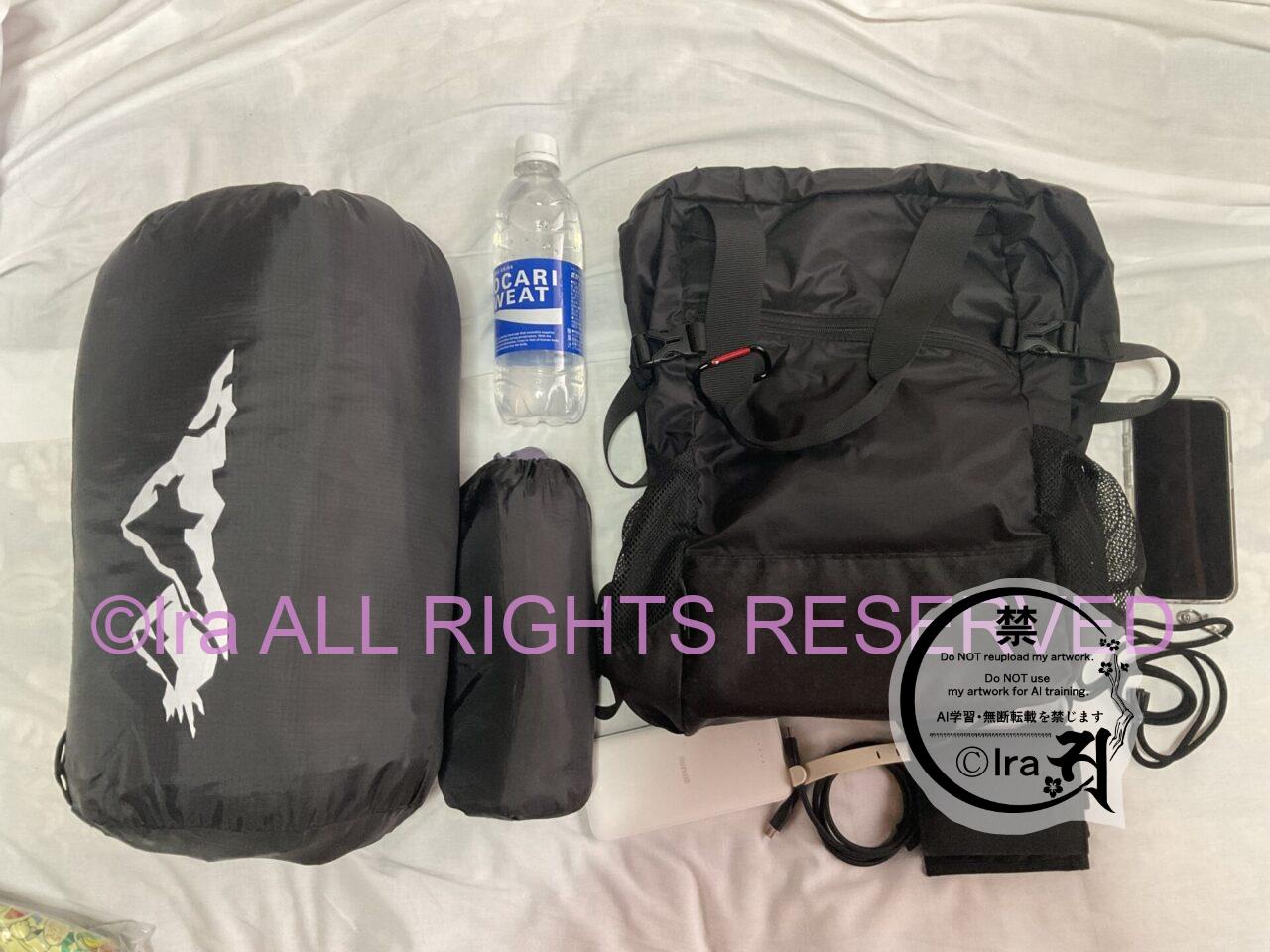

Sleeping bag and inner shelf are purchased from amazon. The backpack was purchased at Workman for around 2000 yen. Charging is not allowed at the lodge, so I brought one portable charger.
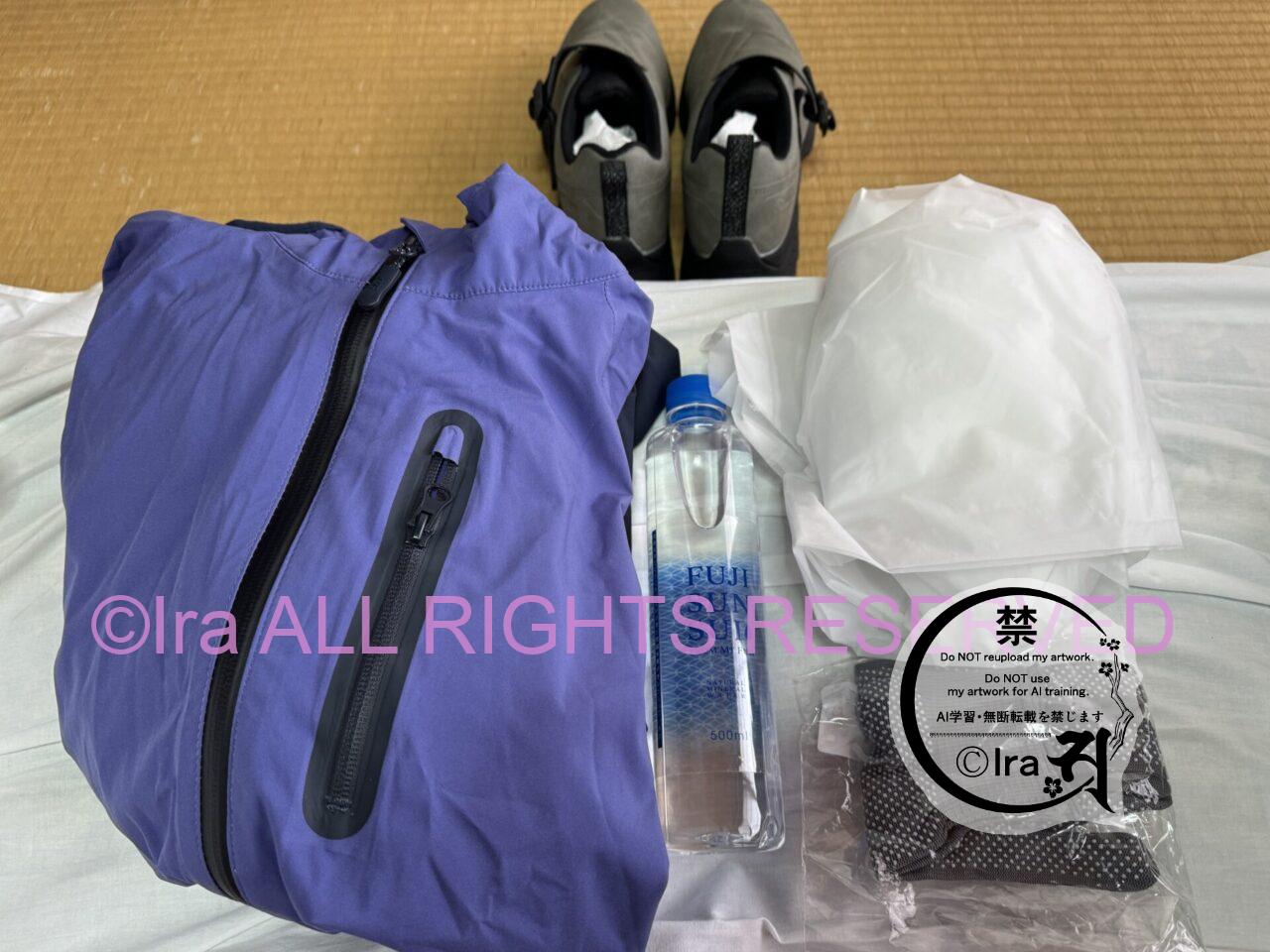

Clothes (about $3,000) and shoes (about $2,000) bought at Workman. These shoes were sold until 2024; they are not sold anywhere in 2025. It is a shame because these shoes were the easiest to wear. The soles are 4 cm. rain gear and gloves were given to me for free. I wore mountaineering socks. The last time I hiked Shiratani-unsuikyo, Taikoiwa, and Wilson in tights and sneakers, both my toes bled internally and it took over a year to heal. I walked for about 9 hours on a day trip.
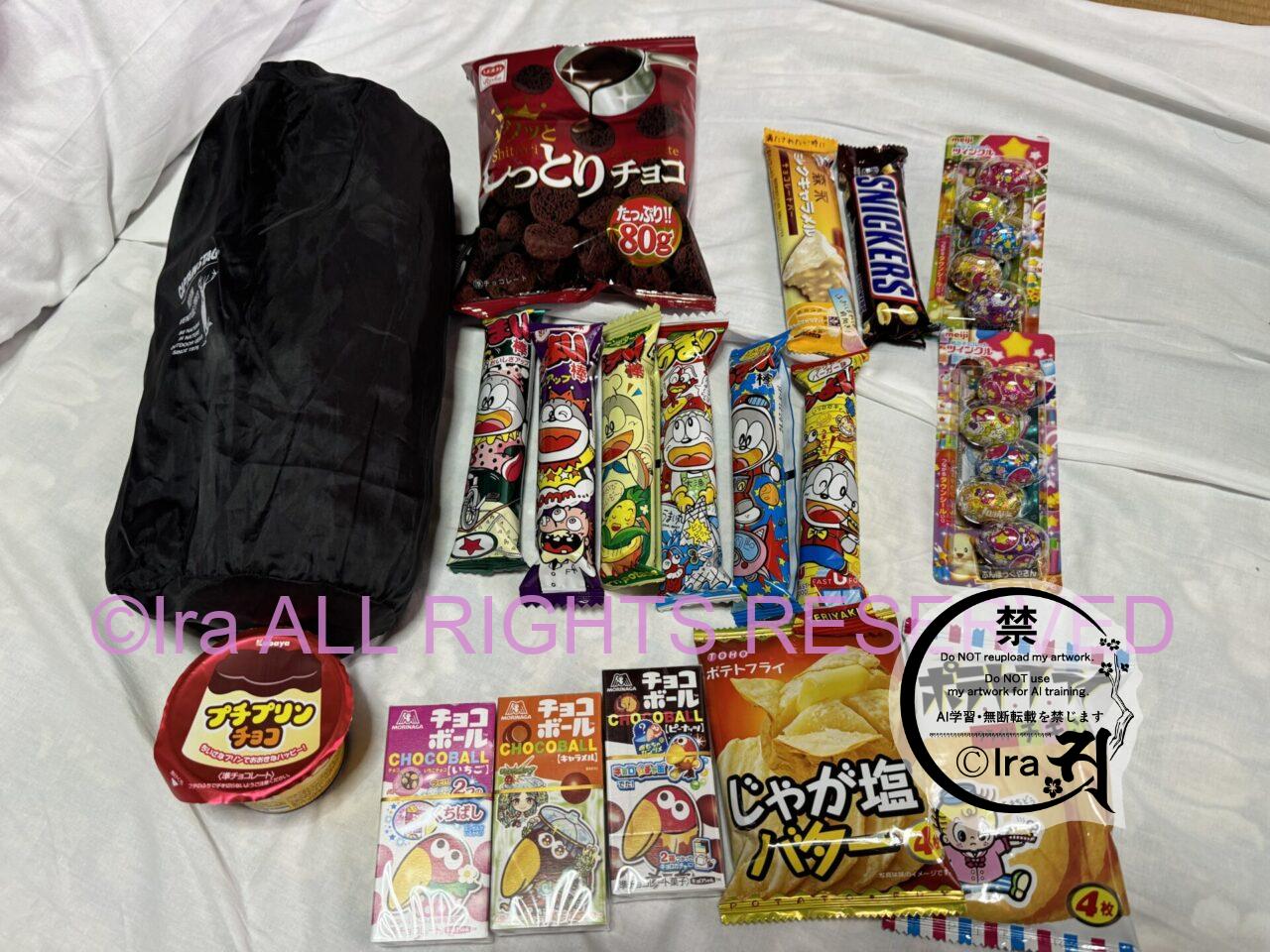

I bought some candy at a supermarket in Miyanoura. I left only petit pudding chocolates(プチプリンチョコ) at the inn .
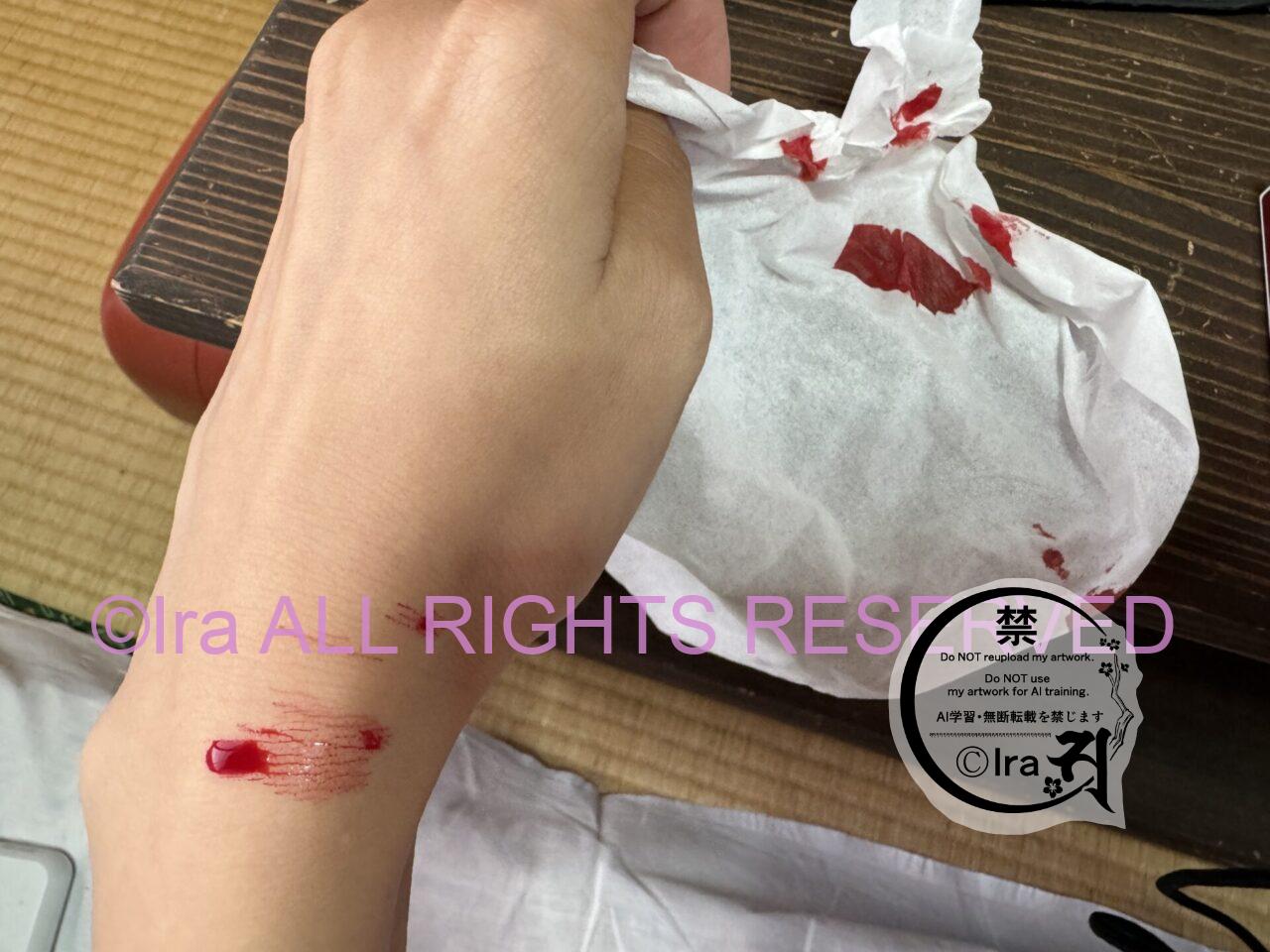

I have an irregular and frequent nosebleed. Nosebleeds flow out like water. According to the doctor, I have weak blood vessels. It is hard to stop bleeding and anesthesia is difficult to administer. I had a nosebleed on the day of departure, but it did not bleed during the climb. I brought a bag of pocket tissues.



My best friend prepared this for me.
1: Yamap (mountain climbing app)
2: Candy
3: Aluminum foil to wrap my body
4: Hooks to hook my luggage (to prevent rats)
Yodogawa(淀川) mountain lodge information. Rat control required.
Huts likely to reach capacity
If it is a weekday and the day before was a rainy day, you may be able to get in here at capacity, but during major holidays such as GW, you must arrive by 3:30 p.m. or you may spend the night in a tent outside the lodge. Please be prepared for this during major holidays. Climbing the mountain carrying a tent is more difficult. If you take the shuttle bus during the busy season, the chances of getting into the lodge are quite low. The day before we went there, there was a heavy rain warning and the trail was off limits. We were lucky to get in the next day.
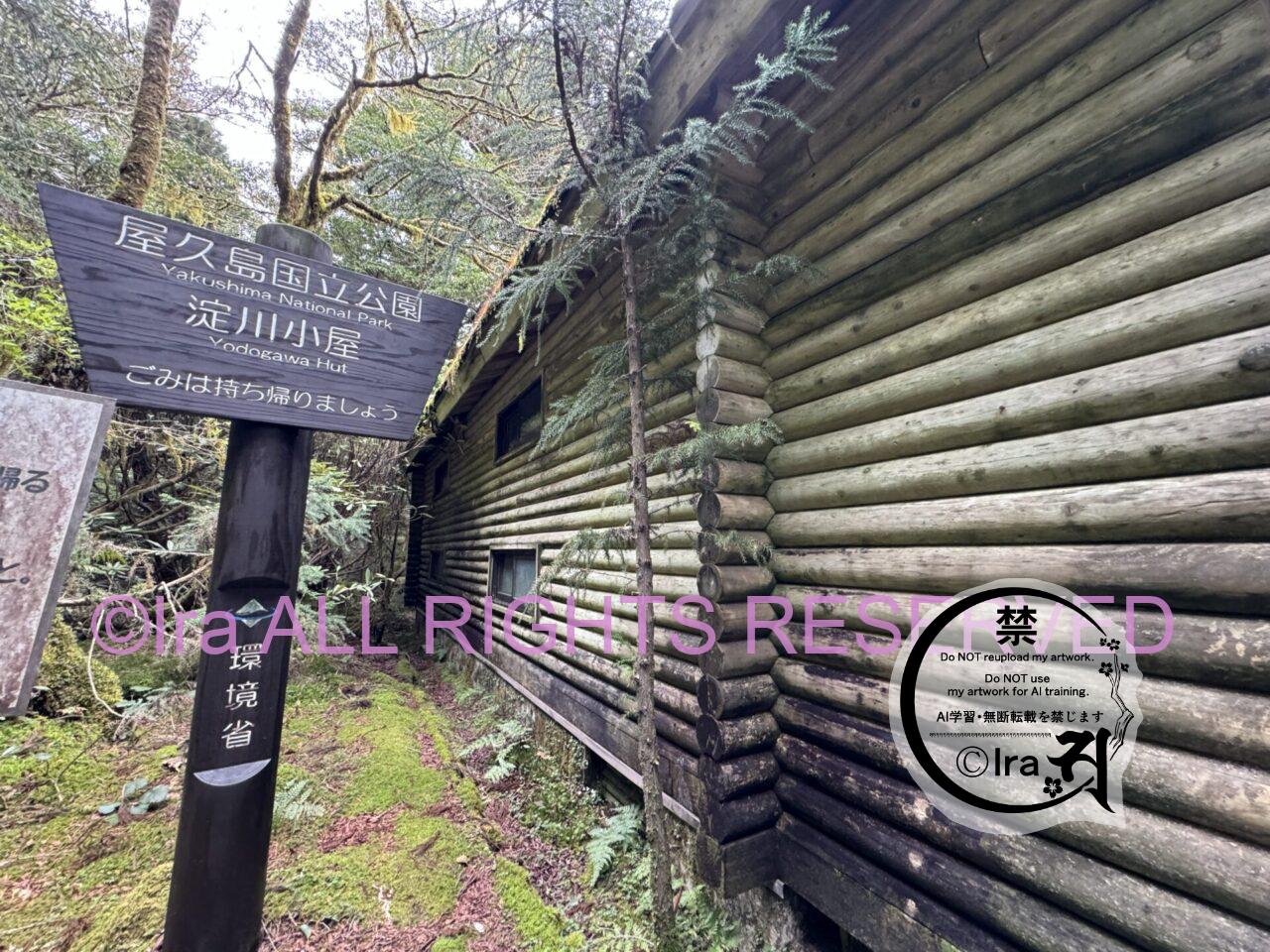

There are no trash cans. There is a latrine, but even at 5 degrees Celsius, there were a lot of flies flying around. This is for people who don’t mind having flies on their pubic area and buttocks while they poop. If you don’t like it, use the restroom before entering the trail to finish your poop. If you don’t like it, you can use the restroom before entering the trail, or bring your own portable toilet and take the mess back with you after you leave the mountain.
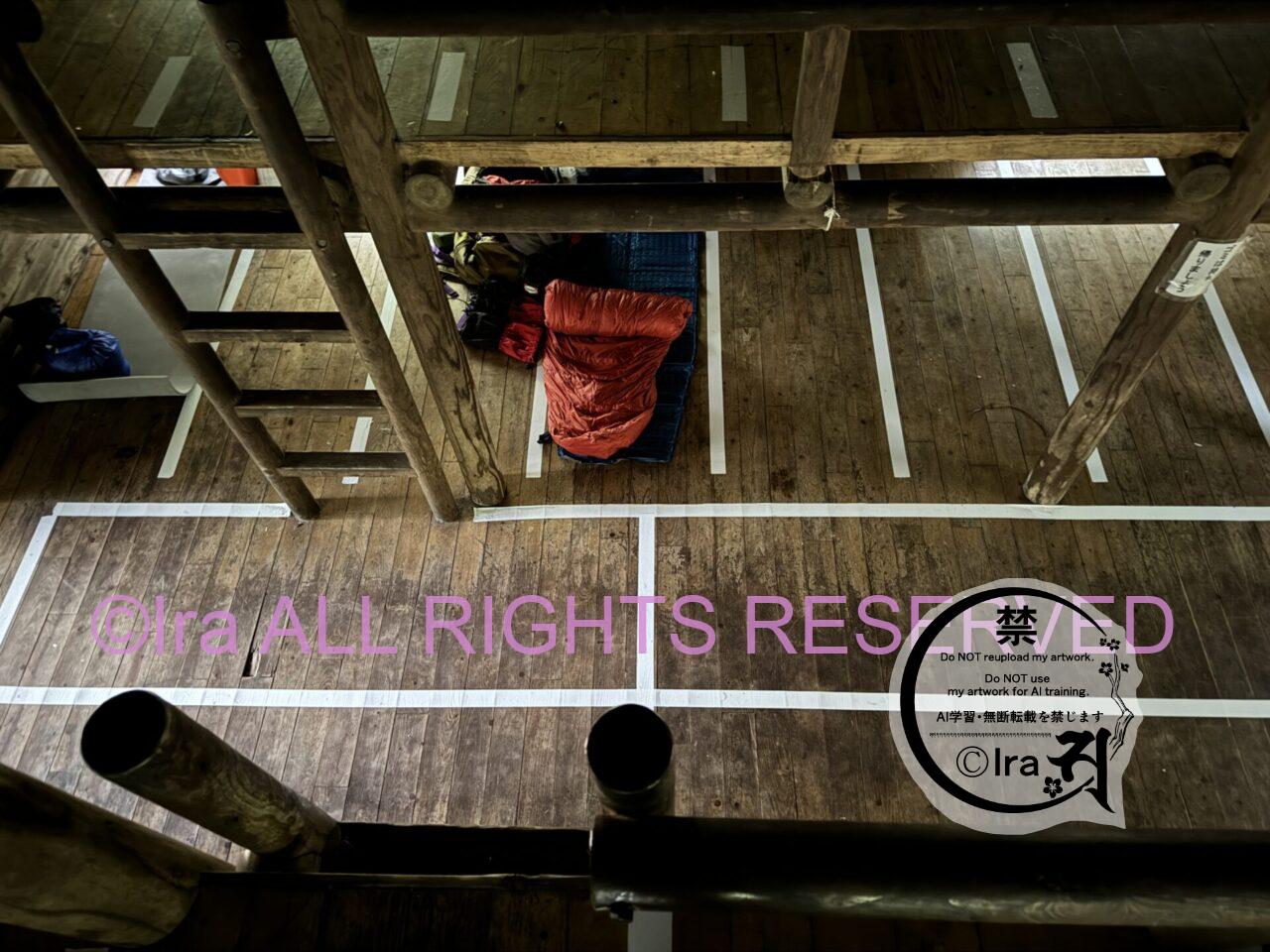

I was there in mid-April. The temperature in the morning was about 5 degrees Celsius. The level of coldness made it impossible to sleep. Even with the inner shelf, it was cold. My best friend brought a large aluminum foil to keep me warm. I am a cold person. I wear long sleeves even in Singapore.
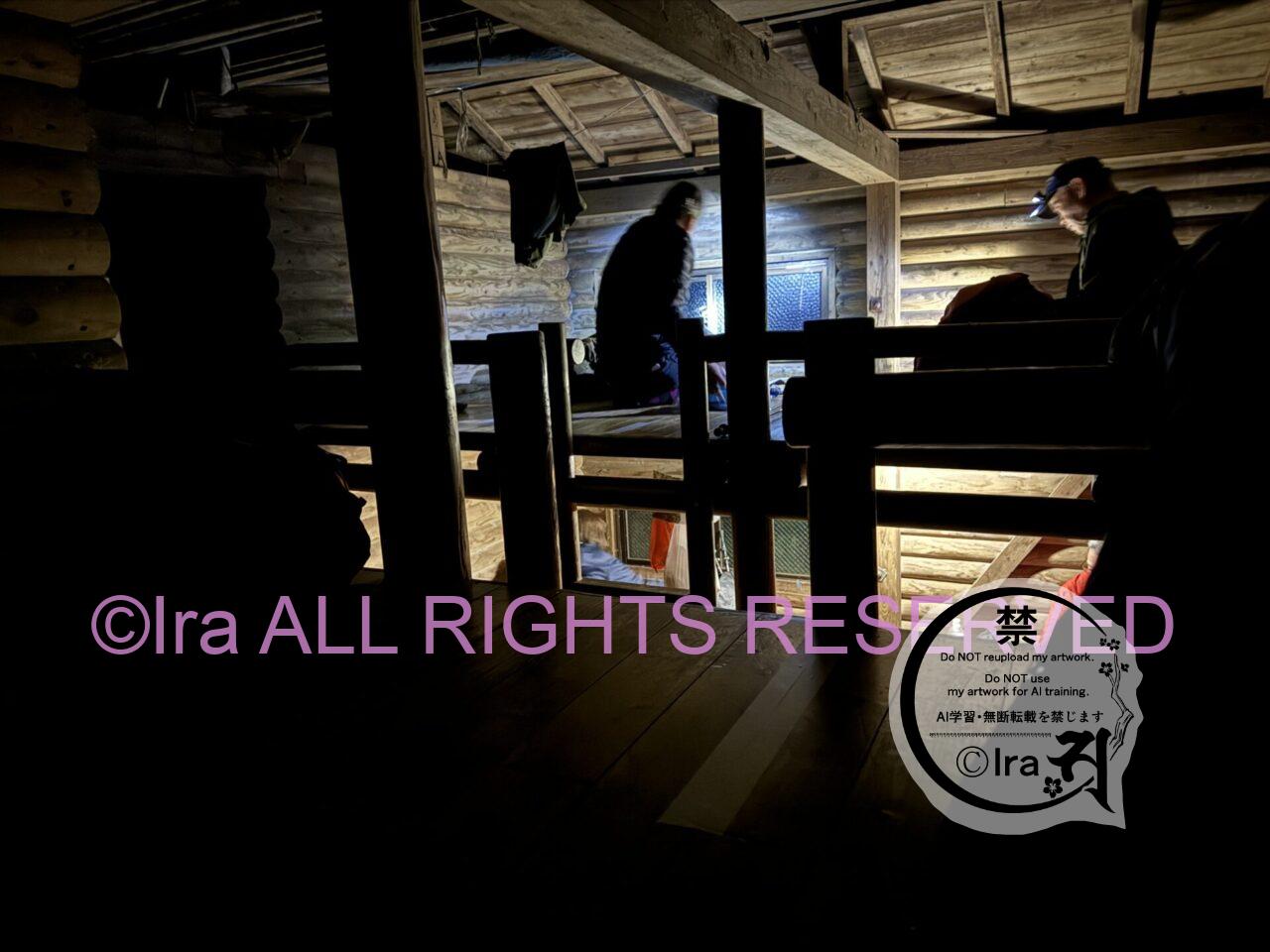

A group of climbers (two elderly men) were scouring the vinyl return route for an hour at 4:00 AM. Their headlights were so glaring that I was forced to wake them up.
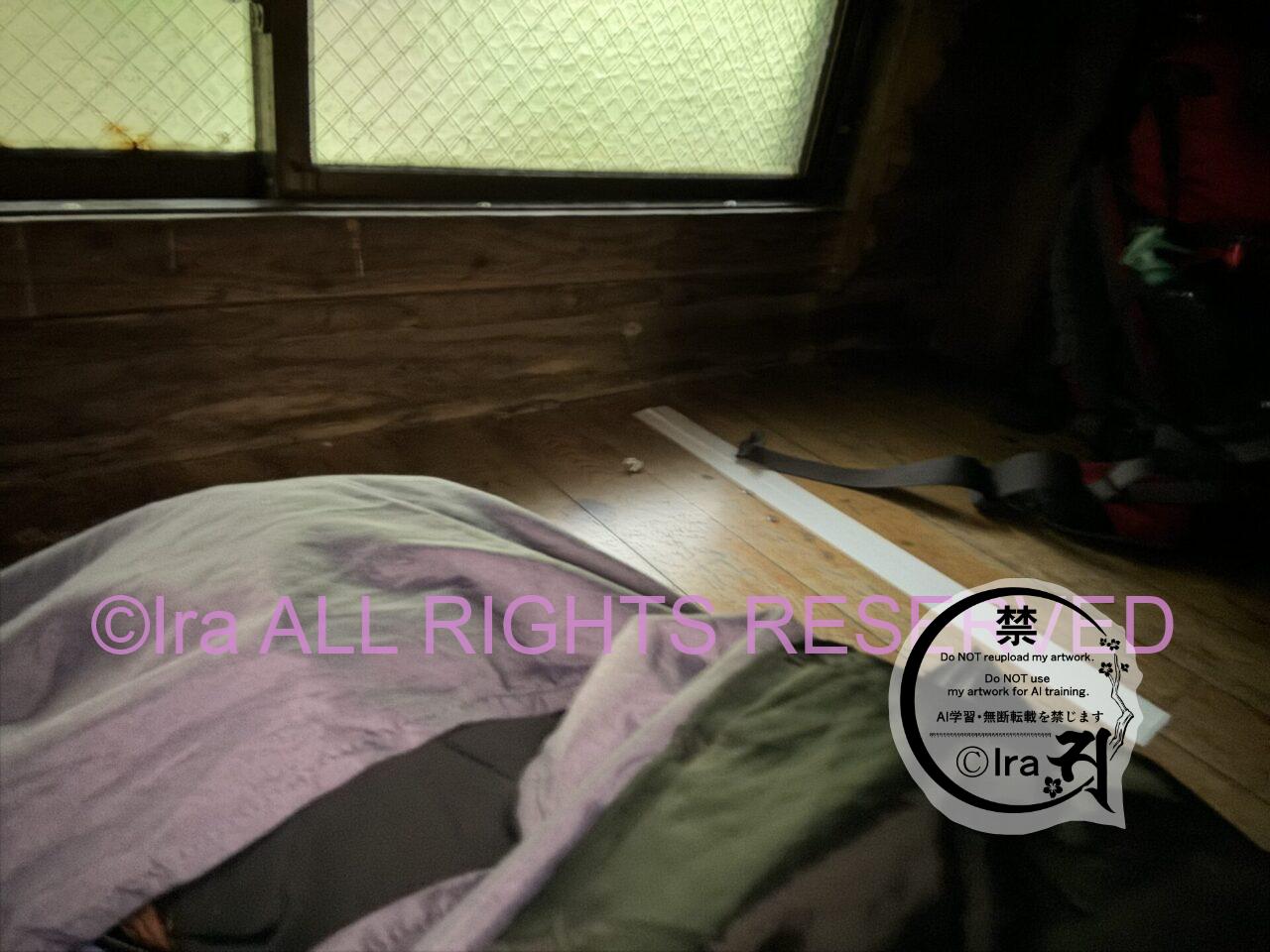

My best friend started going to bed at 6pm. I only slept about 3 hours because I have a sleep disorder.
Parking around the trail is scarce.
If you drive there and there is no parking space, you will have to turn back down the road.
In this sense, we recommend that you climb the summit in April and before GW. Parking is not reserved. You will have to wait until the descenders drive away and there are no spaces available.
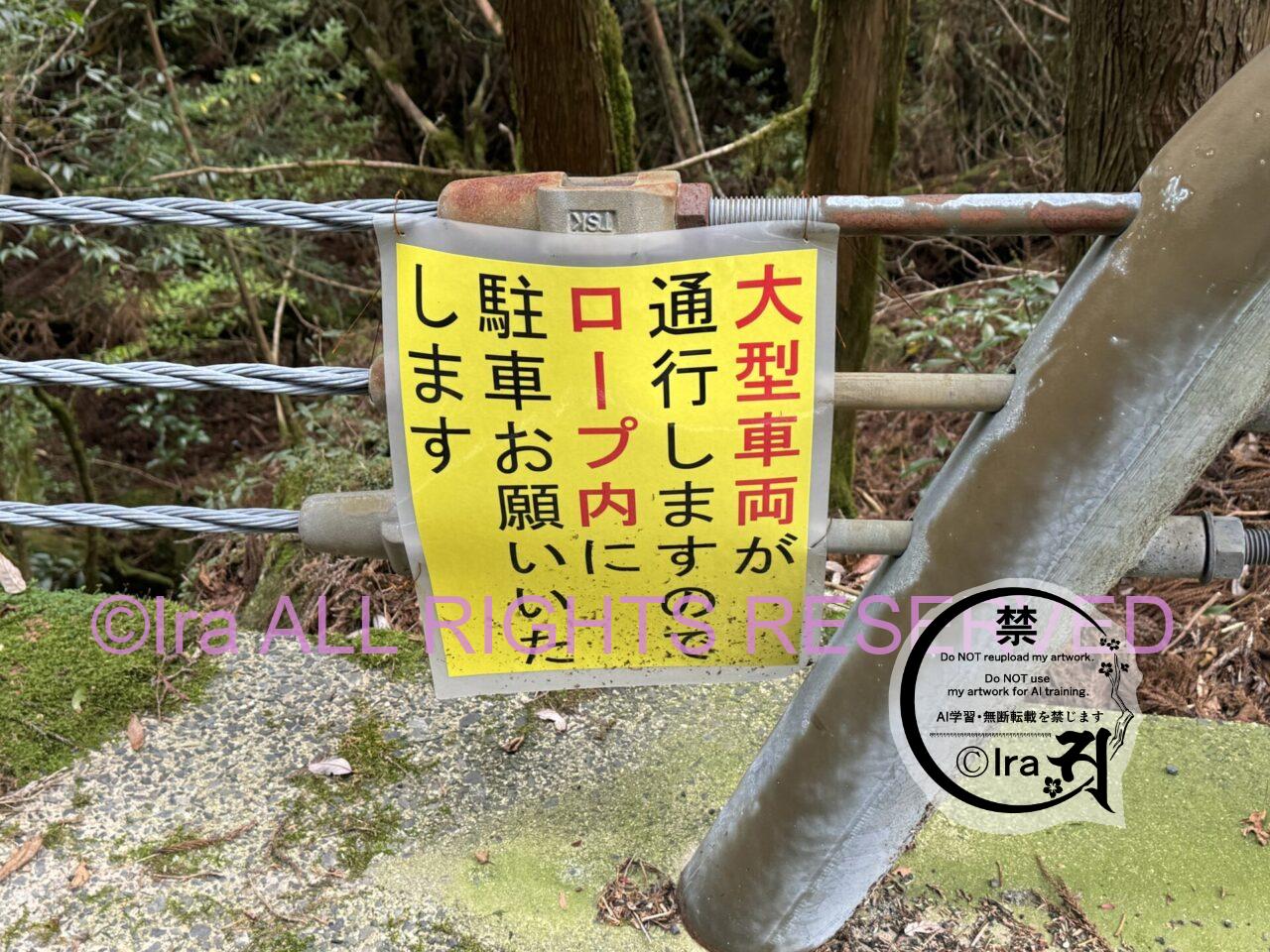

This is a message board that is not at all clear to foreigners. There are so many foreign tourists, but only in Japanese! Yakushima Town Hall! Foreign tourists also come here by rental car. In fact, they did. There was a Swedish tourist who cannot read or write Japanese (I spoke to him directly in English).
Incidentally, the meaning of this Japanese phrase is, “In order for large vehicles to pass this road, you must park your car inside this rope.”
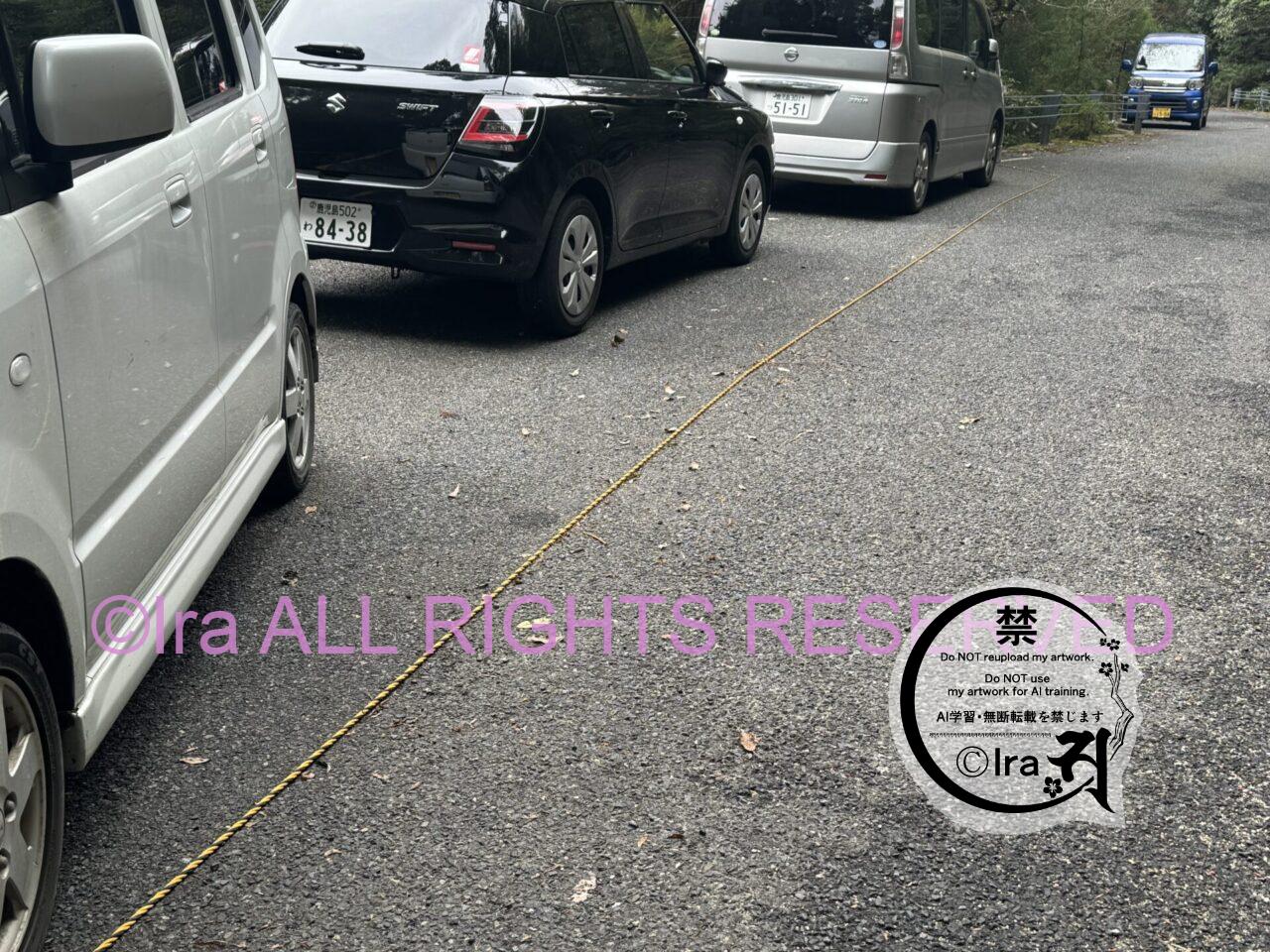

Park like this. This rope is only partially available. First come, first served.
See youtube video for examples of actual climbing schedules and actual scenery
After about 30 minutes of climbing, you will find this information board. It is difficult to get lost. We have heard from islanders that many people who have been lost in the past have climbed the mountain in snowy conditions, such as winter, and then disappeared.
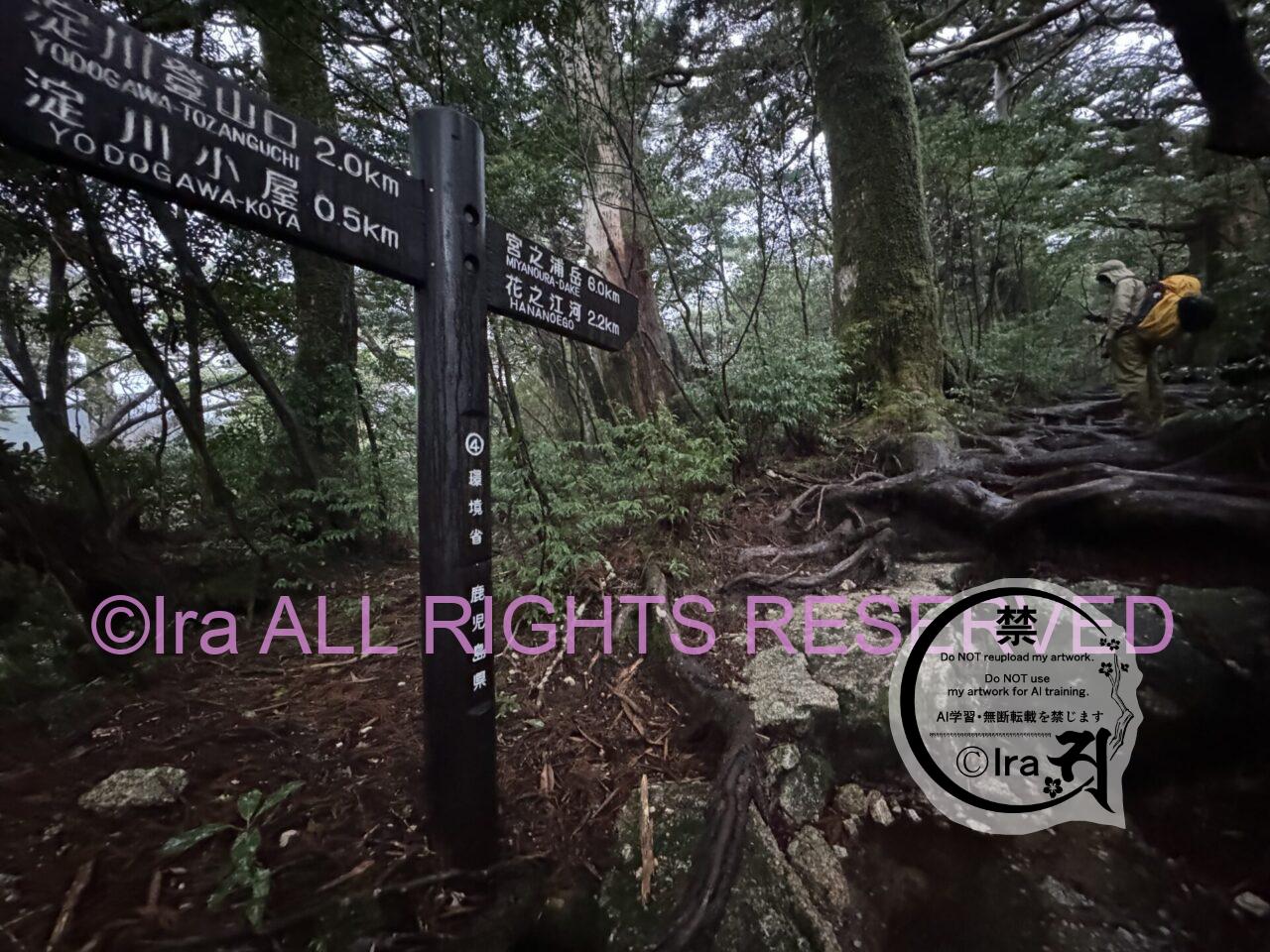

Departure at 6:00 am. This photo was taken around 6:15 a.m. The 6 a.m. departures were the most numerous. It was dark enough to need headlights for 5:00 AM departures. Two elderly men left at 5:00 am, probably because they were moving at a slower speed (they were moving too slowly according to my visual sense).
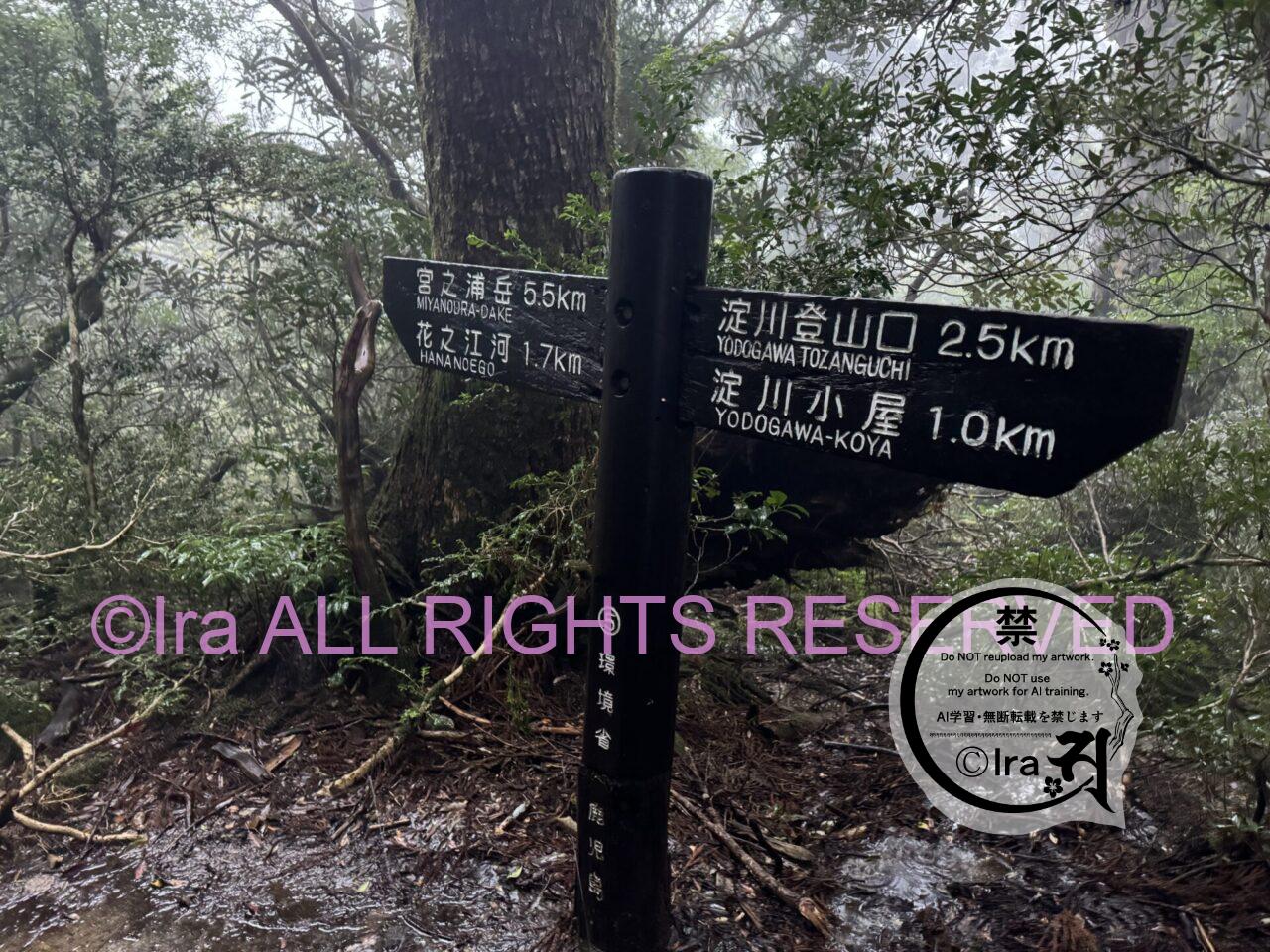

The first part is steep. It was the hardest and tiring part of the race. 30 minutes uphill all the way. 1km marker arrived.
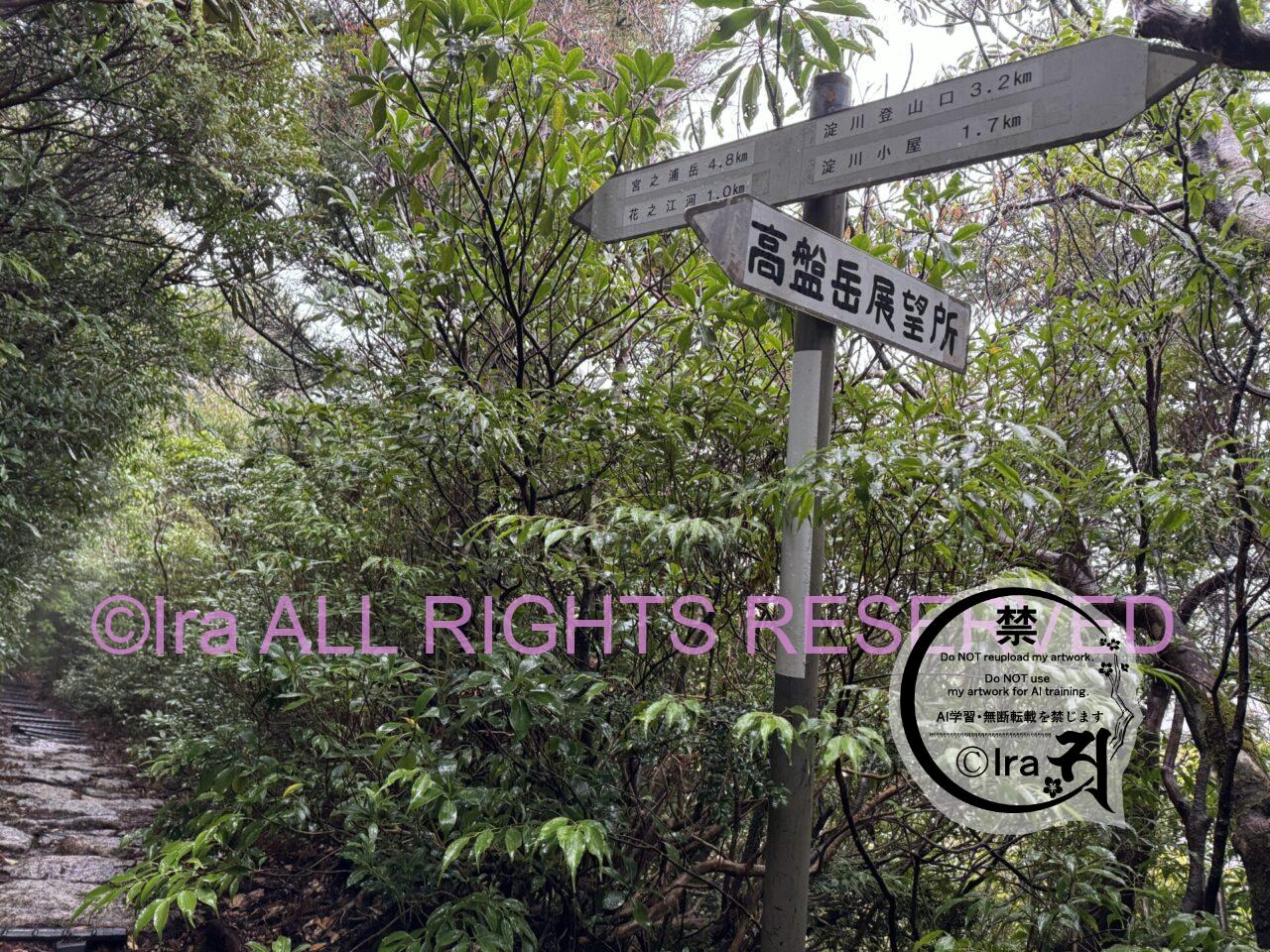

One hour after the start, the pace was 1 km in 30 minutes. The average pace of the other climbers was about the same. In about two hours, we will start to overtake the other climbers.
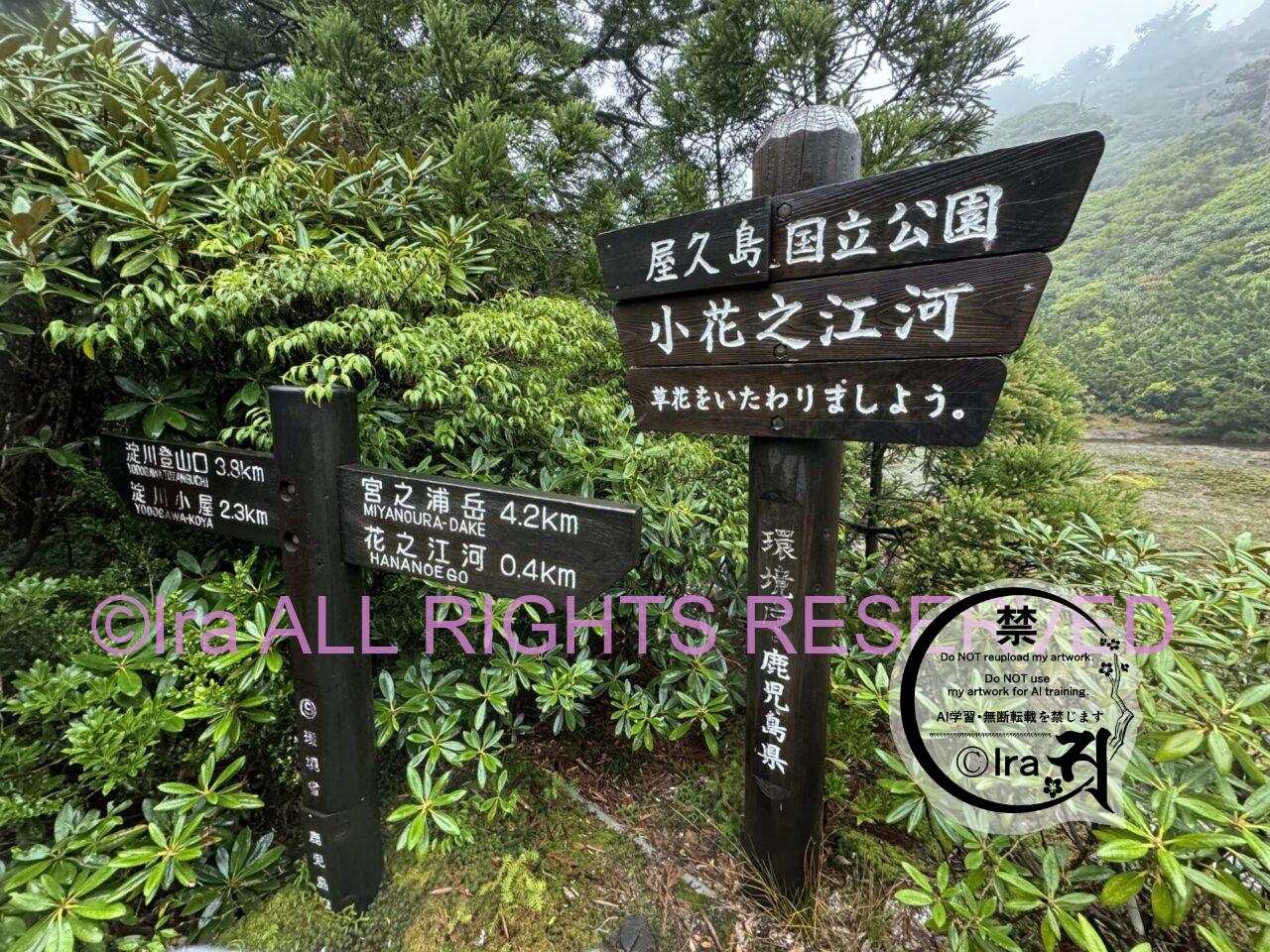

The point where one and a half hours have passed since the start. Climb at this pace. This will allow you to reach your destination by dusk, no matter which route you take down the mountain once you reach the summit.
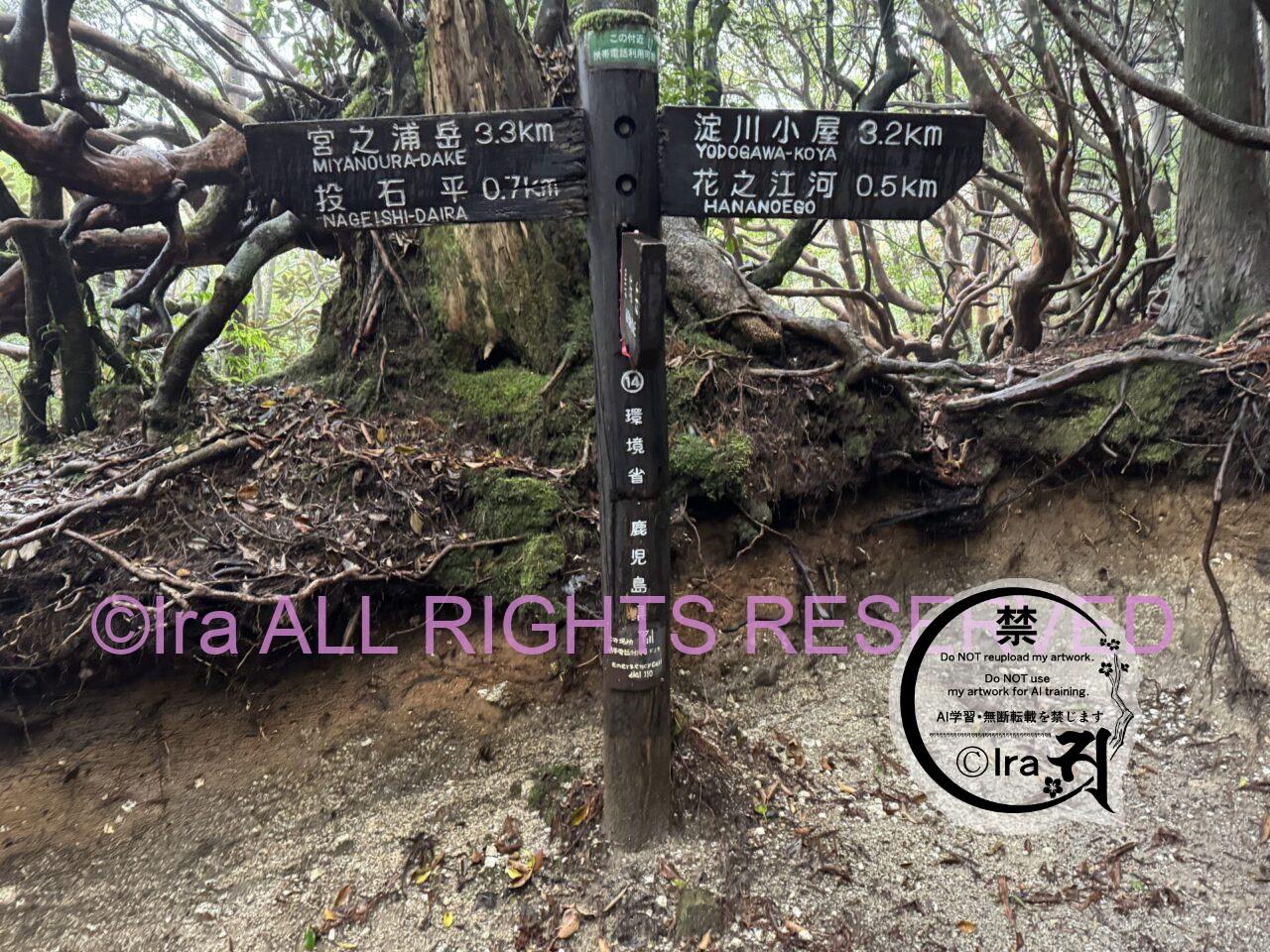

The point where about two hours have passed since the departure.
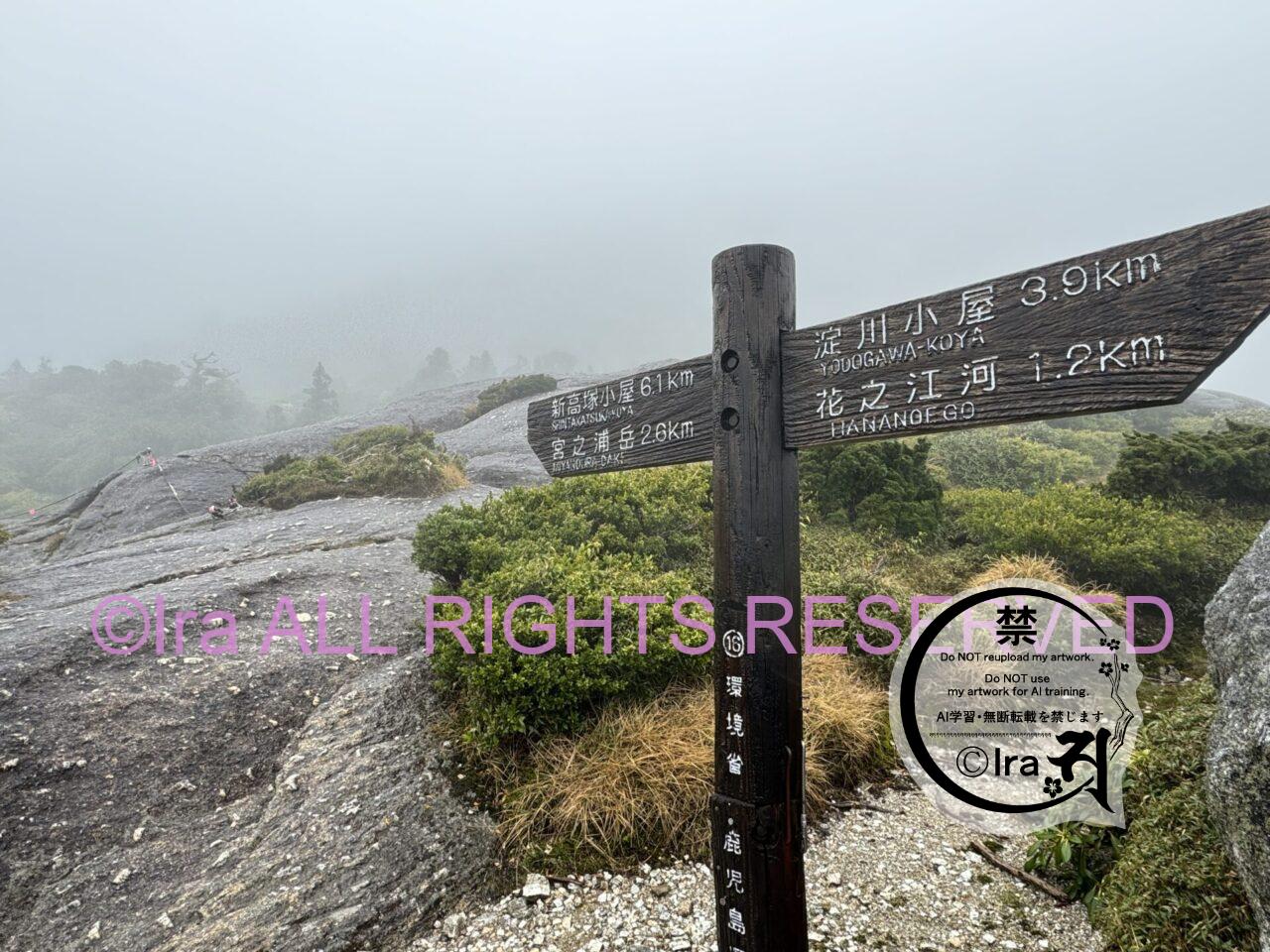

The point about 2.5 hours after departure. Foggy or not. It is a characteristic rocky area.
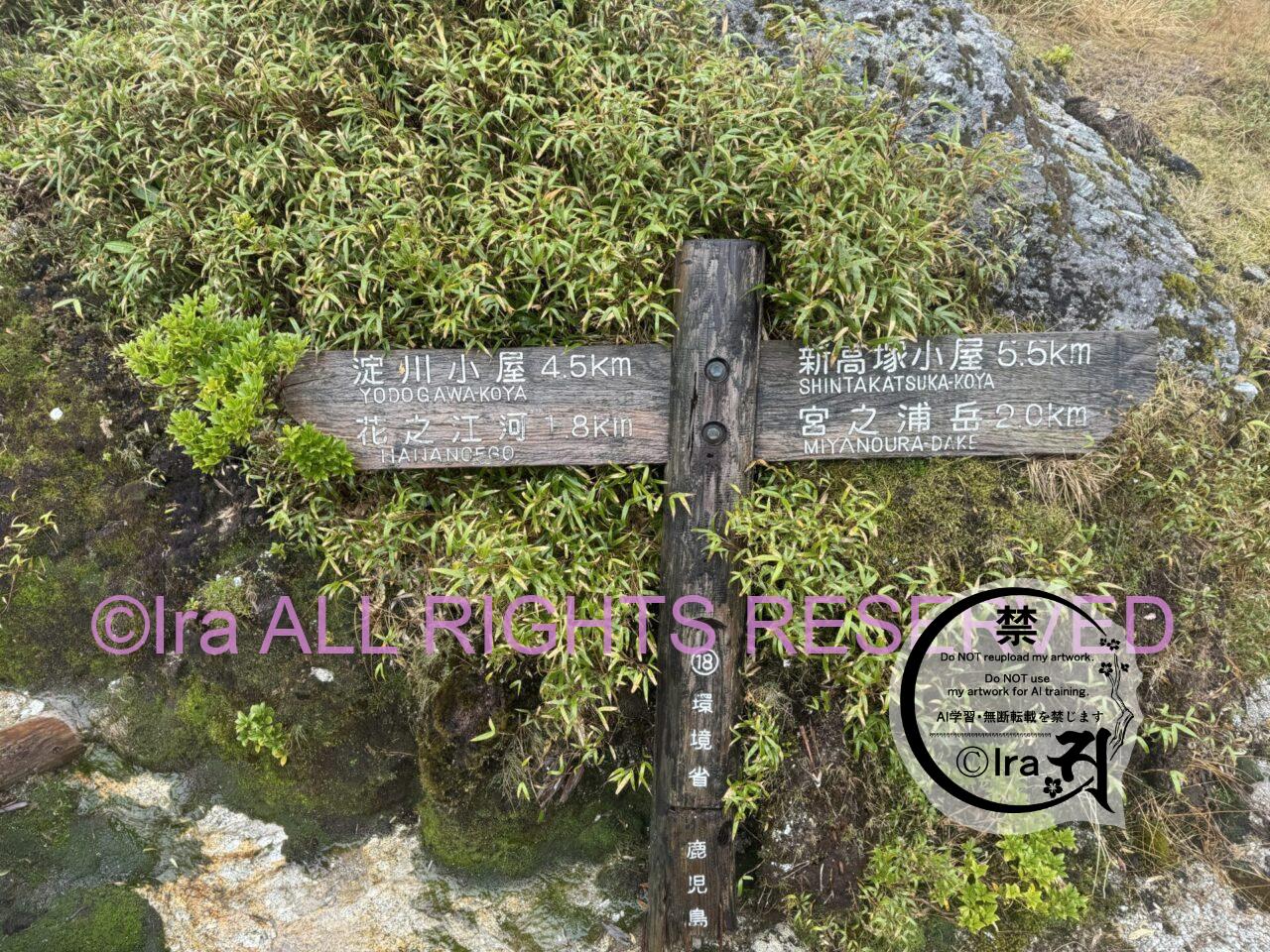

The point where three hours have passed since our departure. It feels like we are walking on clouds.
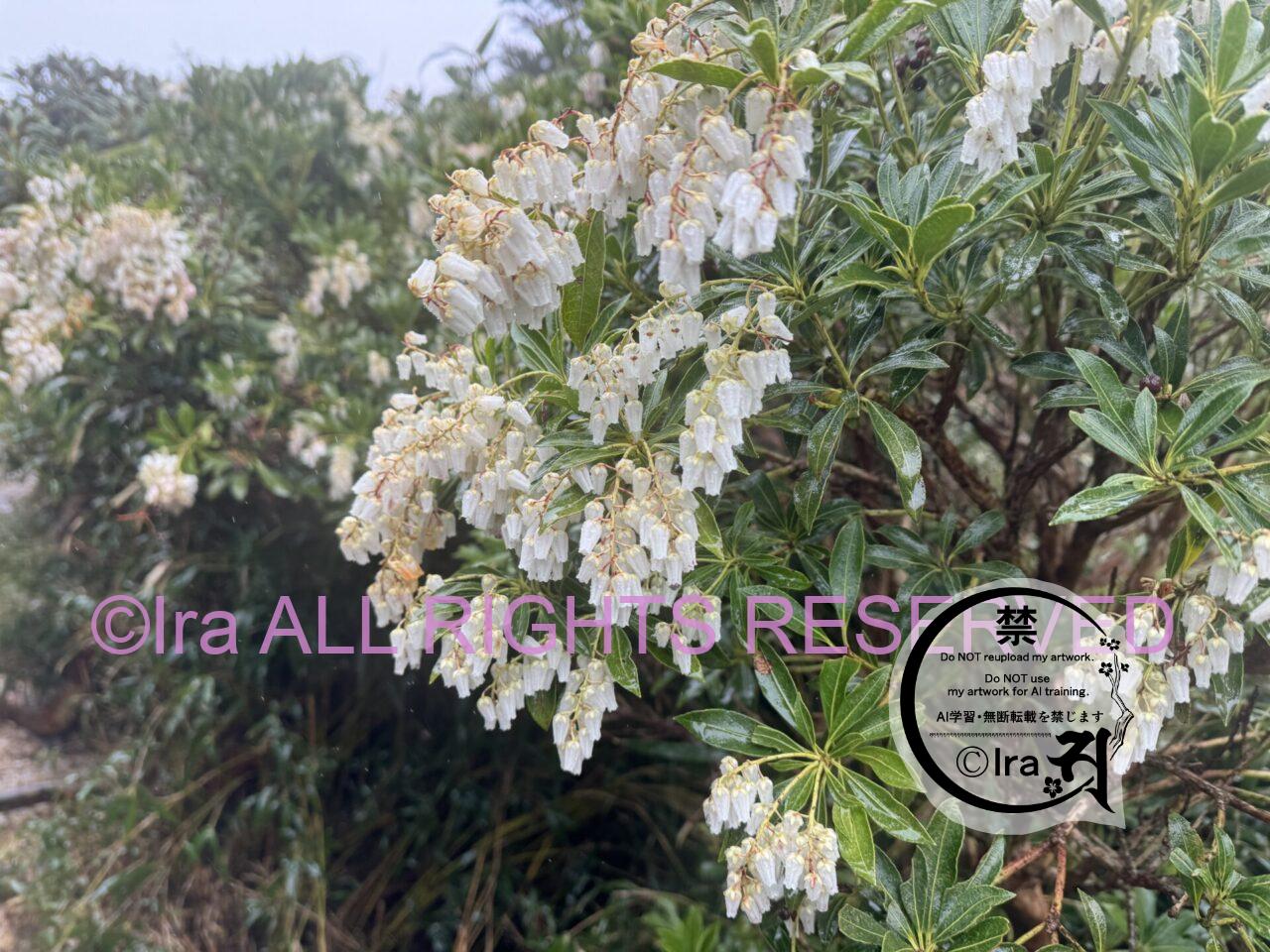

The number of flowers is increasing.
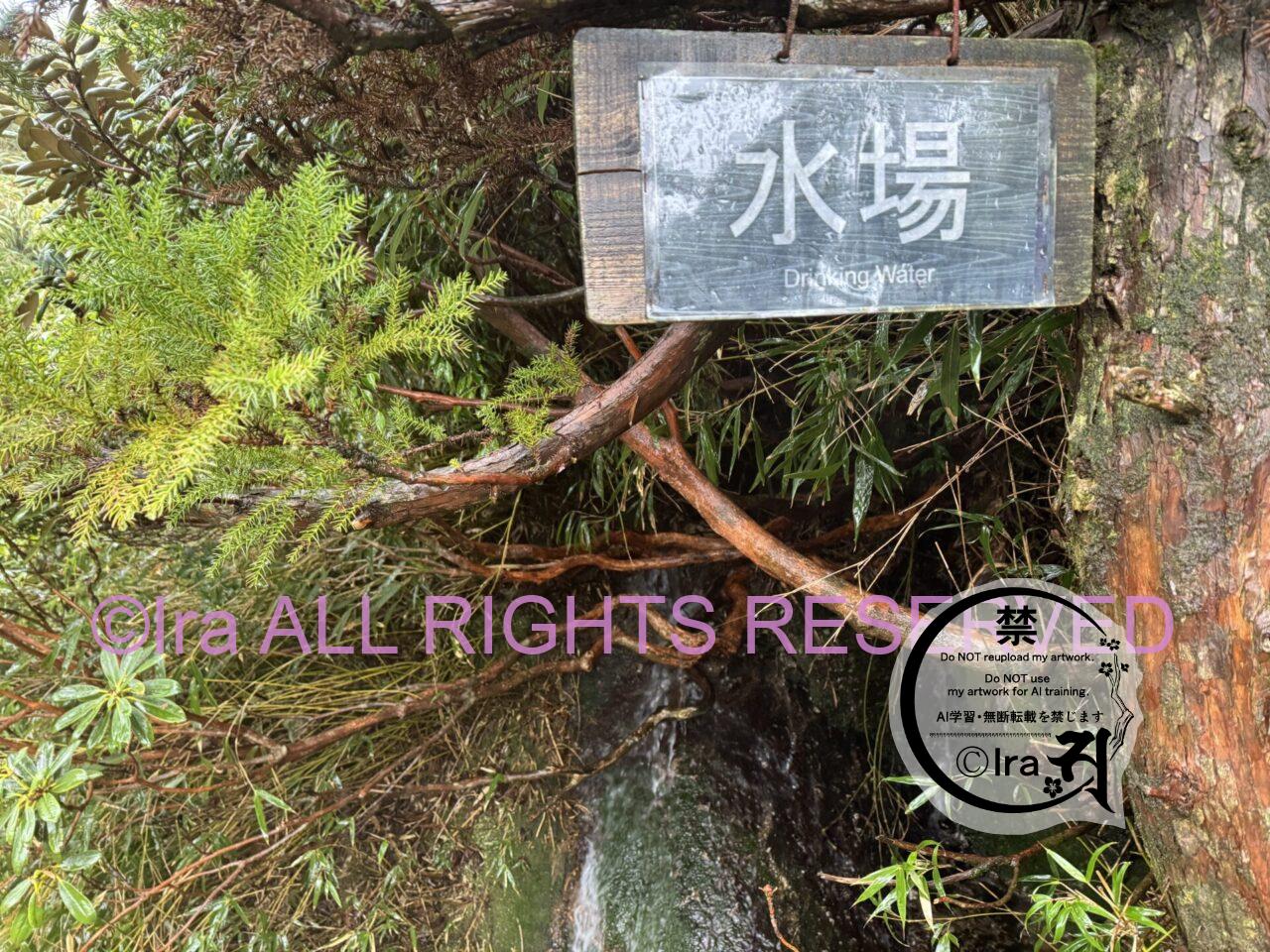

This is the water station, 3.5 hours after departure. It is drinkable. I did not know if it tastes good or not. I don’t drink much water.
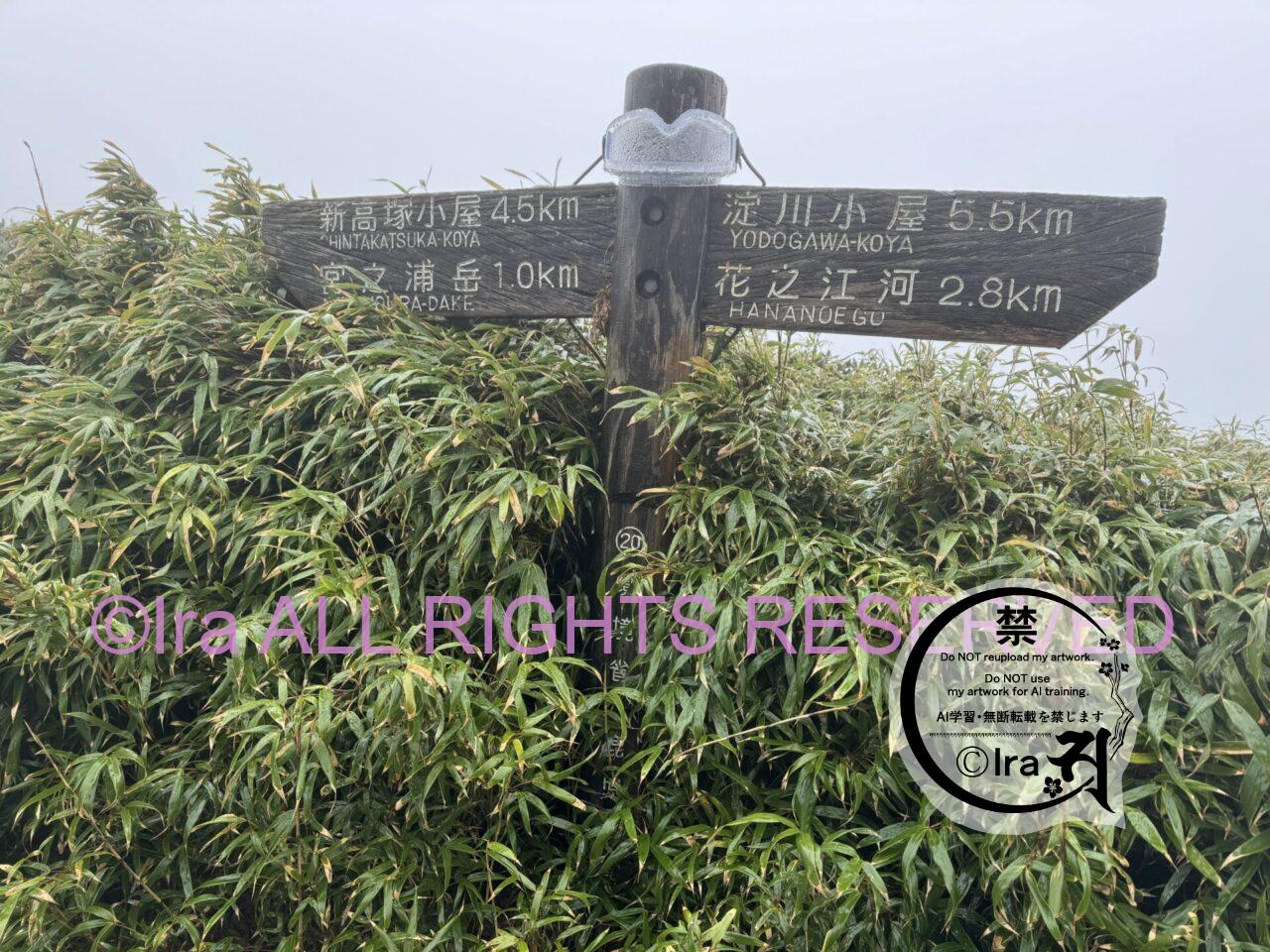

This is an information board near the watering hole.
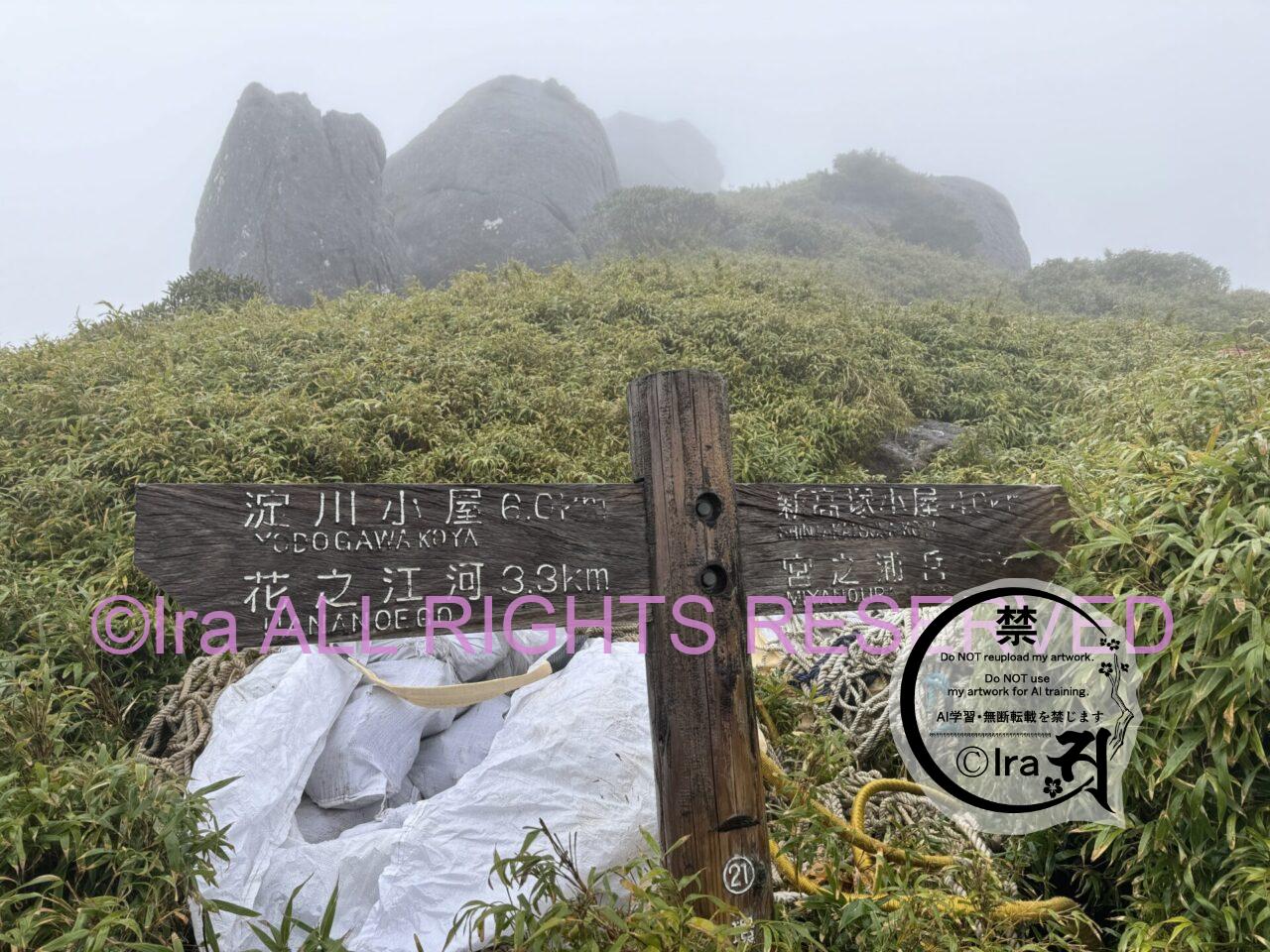

After a 10-minute walk, I found the next sign.
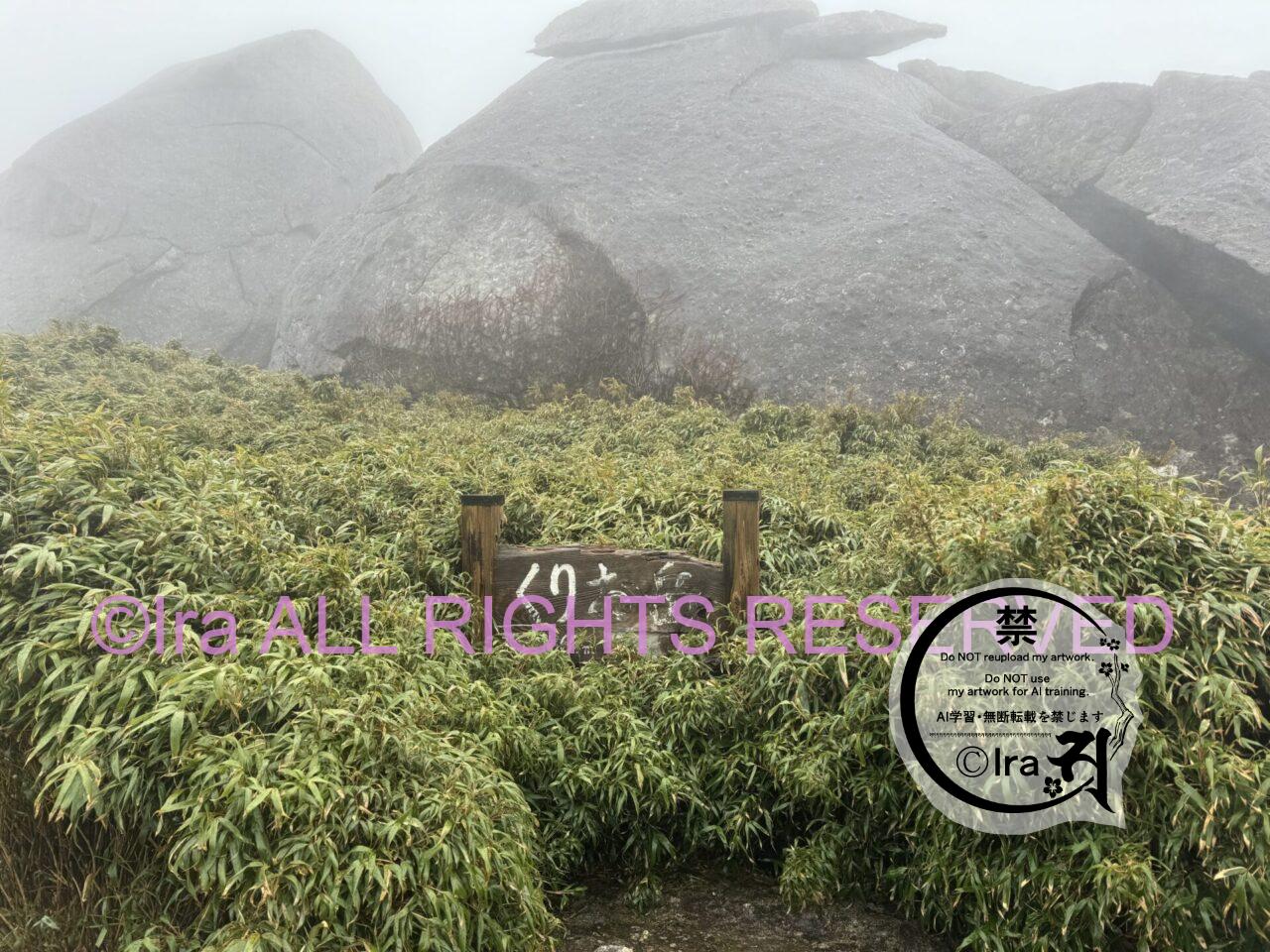

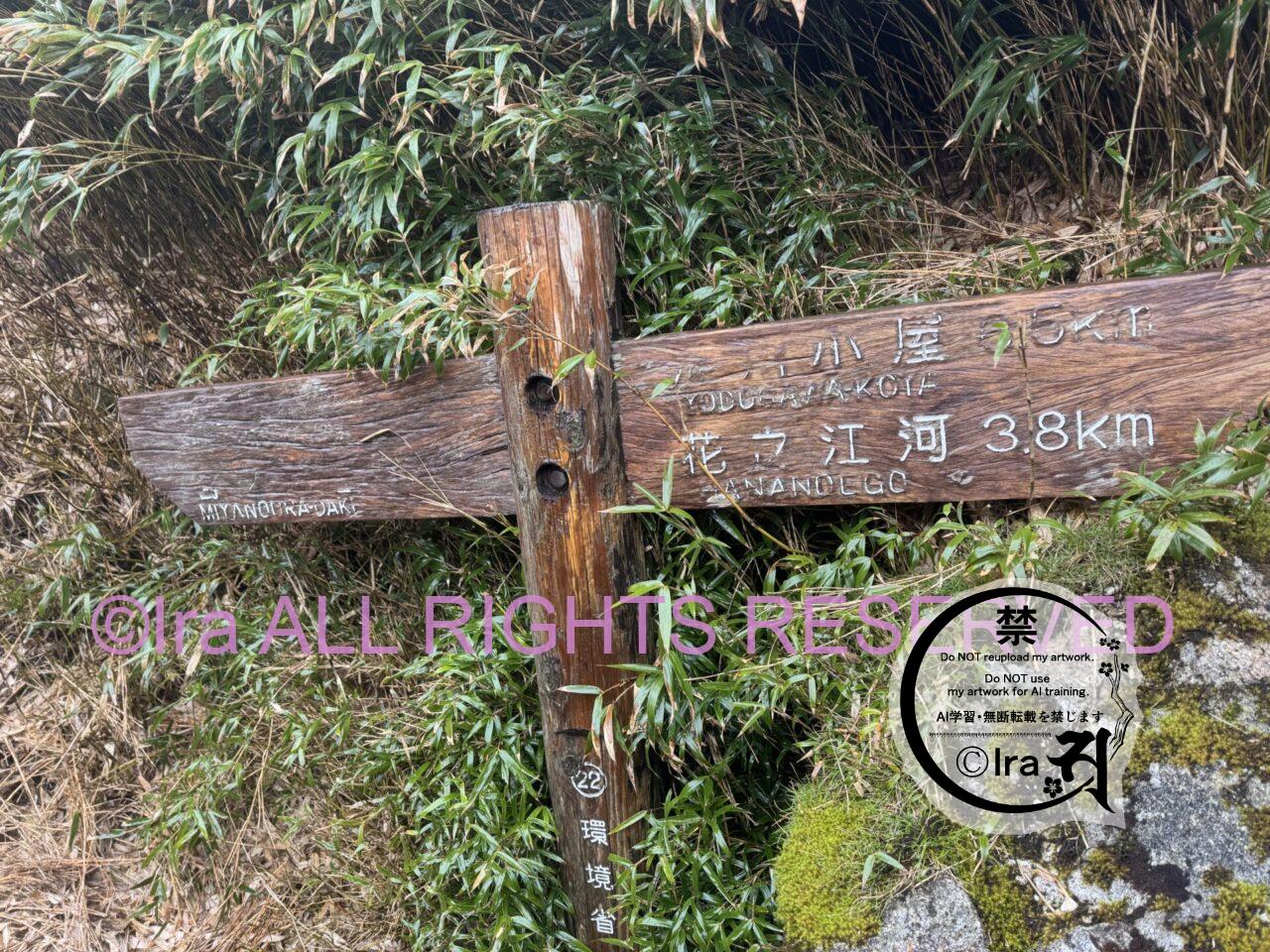

We are at the 4 hour mark from our departure.
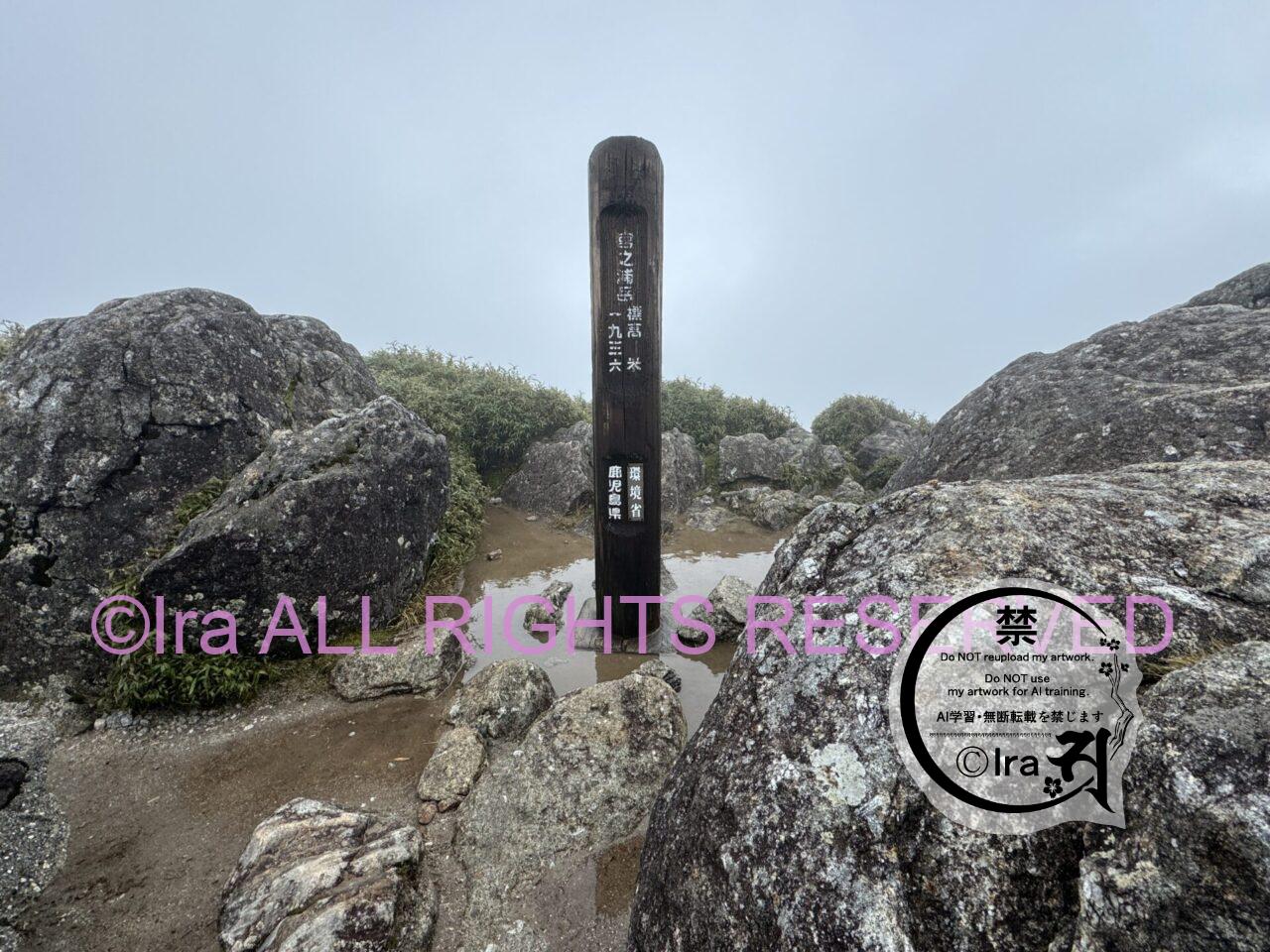

We reached the summit within 4.5 hours of departure. Four 10-minute breaks were taken along the way. Please use this as a reference for pacing.
Click here for the top page of Kyushu region including Kagoshima Prefecture
About Yakushima
・Kagoshima Prefecture
・Affiliation: Kumage Islands
・Manned islands
・Day trip possible
・Boat schedule : ferry LINK High-speed boat LINK
・Official site LINK



Discounts are available for disabled persons on both ferries and high-speed boats. Not half price, though.
The Relationship between Ira and Yakushima
I have been going to Yakushima almost every year since before Corona.
I was born in Kagoshima Prefecture, where Yakushima is located, but I did not visit Yakushima until I was an adult. I first went to Yakushima as an adult when I was mentally trapped to the verge of suicide due to worsening secondary symptoms of a developmental disorder at my workplace. I had no spiritual purpose whatsoever, but when I first came to Yakushima, I received a suggestion directly from my brain at one of the shrines to draw a manga about residence and hometown. It was not a voice or visualization information.
In the almost two years since then, the number of islands I have visited has exceeded 460, an example of the benefits of ADHD and ASD. It cost me a lot of money to travel from overseas to Japan each time, but I was the shortest and highest record holder.
The administrator of this blog



About me, Ira
a) Manga creator living in Singapore
b)My relatives: Singaporean, Malaysian and Japanese.
c)Have covered about 460 islands in manga
All photos, videos, and text on this website are copyrighted by Ira.
Prohibited items
Use or diversion of copyrighted materials on this website
Use as AI learning materials
japan’s blog ranking
Disclaimer
1. The creative artworks (Manga Maharajima) is a work of fiction, and the characters, organizations, locations, country names, etc. that appear in it are not related to any real entities. While the scenery and folklore of real locations are depicted, the story and worldview are original creations of the author, Ira.
2. We strive to provide accurate information in the content of this article to the best of our ability; however, we do not guarantee the general interpretation, accuracy, or safety of the information. If you plan to take any action, please seek specific legal advice tailored to your individual circumstances separately.
3. We shall not be liable for any direct, indirect, consequential, special, incidental, or punitive damages, or loss of profits, arising from the content published in this article, regardless of whether such damages or losses are based on contract, tort, strict liability, or any other cause.
4. The timing of the interviews and research for this article is not based on the date of publication.
5. The trademarks listed in this article belong to their respective trademark owners. The company names, system names, and product names listed in this article and other materials are generally registered trademarks or trademarks of their respective companies. Please note that “™” and “®” are not indicated in the text and tables.
6. The exchange rate between the Singapore dollar (SGD) and the Japanese yen is based on the rate of 1 SGD = 110 yen as of March 2025, unless otherwise noted.
Thanks.
affiliate-information-disclosure





